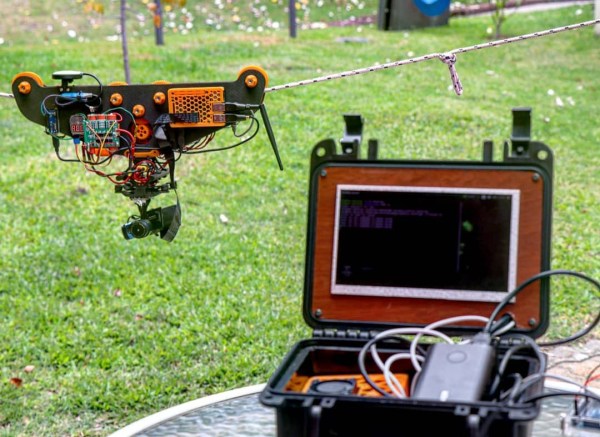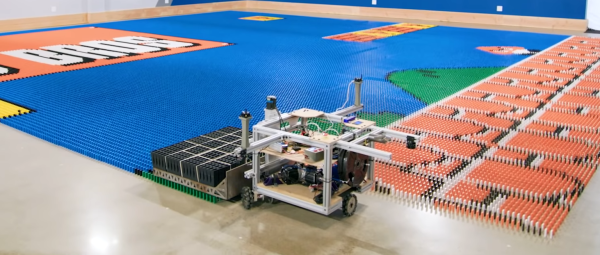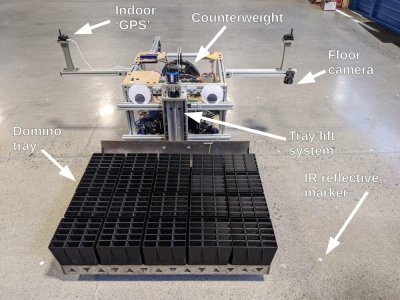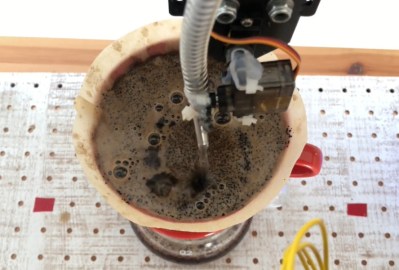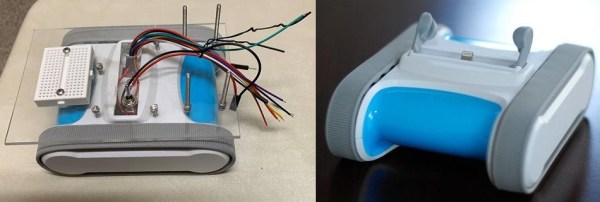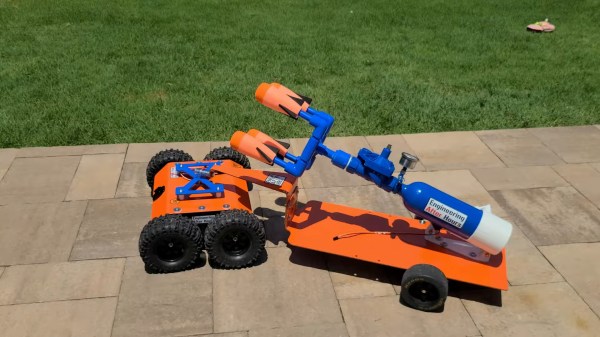Whether you know them as samara seeds, maple seeds, or helicopter seeds, most of us know the seeds that spin down to the ground on one or two blades. They have been served as the inspiration for several robotic autorotating gliders, and researchers from the Singapore University of Technology and Design (SUTD) can now also make them dive rapidly on command. Video after the break.
In the previous versions, researchers showed that they were able to steer the SAW (Samara Autorotating Wing) by actuating the trailing edge of the blade with a servo. It takes input from an onboard 3-axis magnetometer and GPS, and adjusts the control surface continuously depending on its orientation to make it fly in the chosen direction. The latest paper (PDF) focuses on the craft’s new ability to switch from autorotation to a rapid dive and back to autorotation. Named the dSAW (diving SAW), it can drop like a rock by changing the control surface angle to almost 90° the wing to stall it. It exits the dive by simply moving the control surface back to the normal autorotation position. The kinetic energy built up during the dive is converted to rotational energy very quickly, which slows its vertical velocity to almost zero for an instant before settling back into its normal glide.
We can certainly see this being useful where the dSAW needs to quickly lose altitude to avoid being pushed off-course by the wind. The video below demonstrates this by dropping three dSAWs from an RC airplane. On command, they spread out, each in its designated direction, and then repeatedly switch between dive and autorotation mode as they descend to the ground. The researchers envision this being used to scatter sensor units over a large area in a controlled fashion from a single aircraft. What would you do with this technology? Let us know below. Continue reading “Helicopter Seed Robot Can Also Drop Like A Rock”


